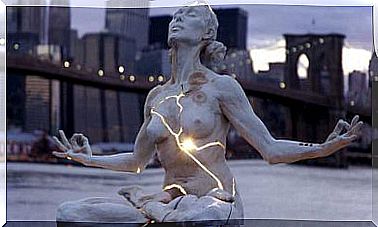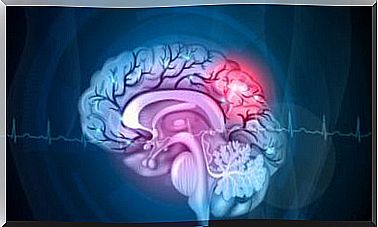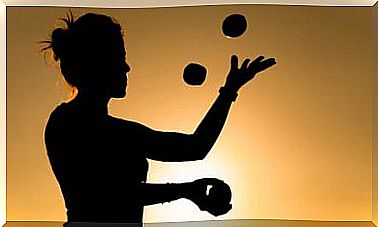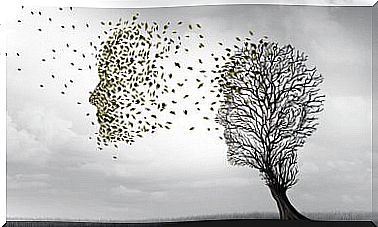Types Of Perceptual Distortions

Surely you have ever heard this phrase: The mind deceives us! Or maybe it’s our senses that do it? In this article we will learn what are perceptual distortions, also called sensory distortions. These are perceptual anomalies in which a real external stimulus is perceived differently from what is expected given its formal characteristics.
There are different types of perceptual distortions that can be classified according to a series of parameters, such as: intensity, quality, size, shape …
We must not confuse perceptual distortions with hallucinations. In hallucinations (perceptual delusions), the perceptual experience is not based on actually existing stimuli, unlike perceptual distortions, where there is a real stimulus.
These two phenomena make up the so-called psychopathology of perception, a field of psychopathology that has always aroused great interest among researchers. Do you want to know what the types of perceptual distortions are and how they work? Here we will unravel the mysteries of this sensory-perceptual phenomenon as curious as it is complex.
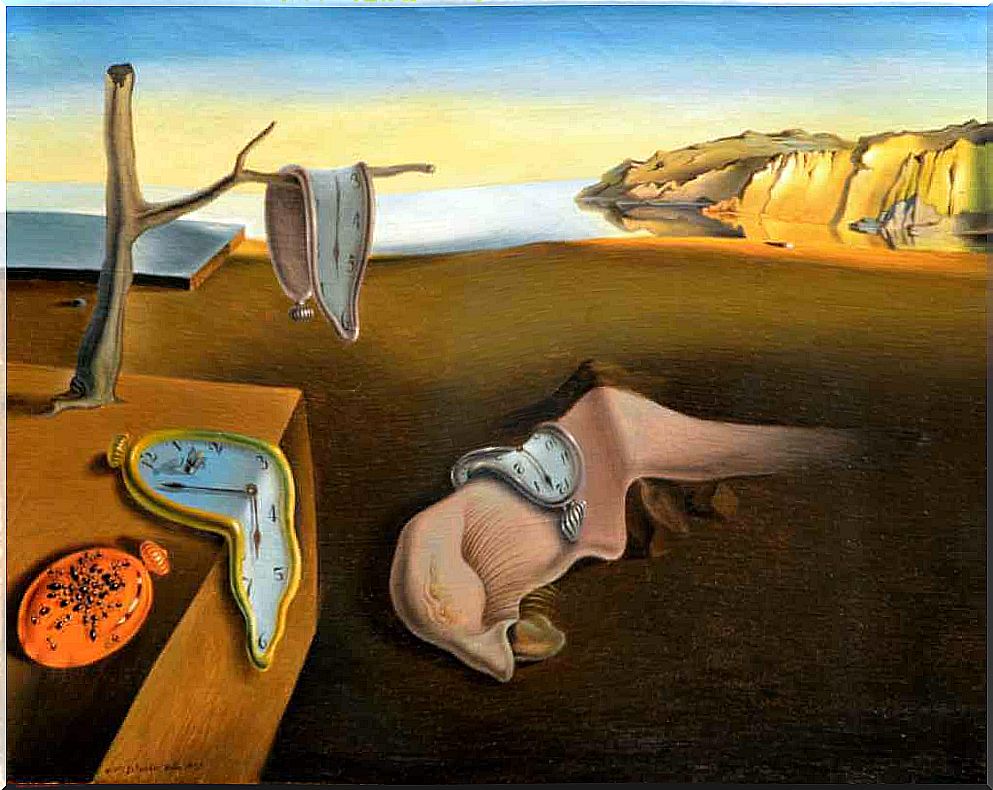
According to the manual by Belloch, Sandín and Ramos (2008), the different types of perceptual or sensory distortions can be classified according to five parameters:
- Intensity
- Quality
- Size and shape
- Perceptual integration
- Delusions
We are going to see what name each of the distortions receives according to their typology, what characteristics they present and what are some of their examples.
According to its intensity
They are those perceptual phenomena that imply an anomaly in the intensity with which we usually perceive the environment (for example, sounds). In this case, the quality of the stimulus is maintained, but to a different degree. In this group we find three types of perceptual distortions:
Hyperesthesias
Hyperesthesias can be defined as a perceptual condition that involves increased sensitivity to stimuli. That is, there is an excess of sensitivity. Generally, hyperesthesias affect the sense of touch, but also the other senses such as hearing.
lead to an increased perception of pain. Examples of hyperesthesias would be: perceiving the clock ticking very high or noticing the taste of sugar as excessively sweet.
Hypoesthesias
In contrast, hypoesthesias are perceptual distortions in which there is a decrease in sensitivity to stimuli.
Anesthesia
In the case of anesthesia, there is an absence of perception of the environment; that is, it is the absolute absence of perception of the intensity of the stimuli . In the specific case of the absence of pain perception, we speak of a variant: analgesia.
According to its quality
According to the quality of the perceptual distortions we find those that affect, as its name indicates, the quality of the stimuli. That is, they imply a change to another quality ; for example, perceiving sugar as salty, seeing everything black or that the flowers smell like excrement.
They are usually associated with distortions in intensity. On the other hand, we should not confuse this type of distortion with taste or olfactory hallucinations.
According to its size and shape
They are called metamorphopsies. In turn, these are divided into: dysmegalopsia (according to their size) and dysmorphopsia (according to their shape). Let’s see what distortions each group encompasses:
Dismegalopsias (size)
If we perceive an object as larger than it really is, then we suffer from a macropsia or megalopsia. These phenomena also occur when we perceive an object or stimulus closer to us than it really is. An example of this would be “seeing an ant the size of a dog.”
On the other hand, if we perceive the object smaller or further from reality, we speak of micropsies. Finally, the autometamorphopsias are the distortions related to the body itself, in shape and size (for example, perceiving ourselves as taller and elongated).
Dysmorphopsias (form)
Dysmorphopsia have to do with form; They are classified into:
- Plagiopsy : involves seeing oblique and elongated objects, in addition to being larger than they really are.
- Dysplathiopsia : consists of seeing objects with greater width.
- Kinetopsia : This is about seeing with larger and moving objects (when they are not actually moving).
An example of dysmorphopsia can be seen illustrated in Dalí’s Soft Clocks.
According to perceptual integration
This quality refers to the union or separation of the stimulus. Thus, when the stimulus is perceived as fragmented or separated, we speak of a perceptual split. On the other hand, when we perceive it fused to another, we speak of an agglutination.
Perceptual excision
In perceptual splits we perceive that objects are separated from each other, when in reality they remain united. If the separation occurs in the shape of the object, then we speak of morpholysis; On the other hand, if it occurs between a color and a shape (perceiving that the color separates from the object, for example), we speak of metachromia.
An example of perceptual splitting would be seeing the clock hands separated from the numbers.
Agglutination
Perceptual distortions that involve agglutination are called synesthesia. Someone with synesthesia involuntarily experiences the activation of an additional sensory or cognitive pathway in response to specific stimuli. An example would be perceiving colors when listening to music.
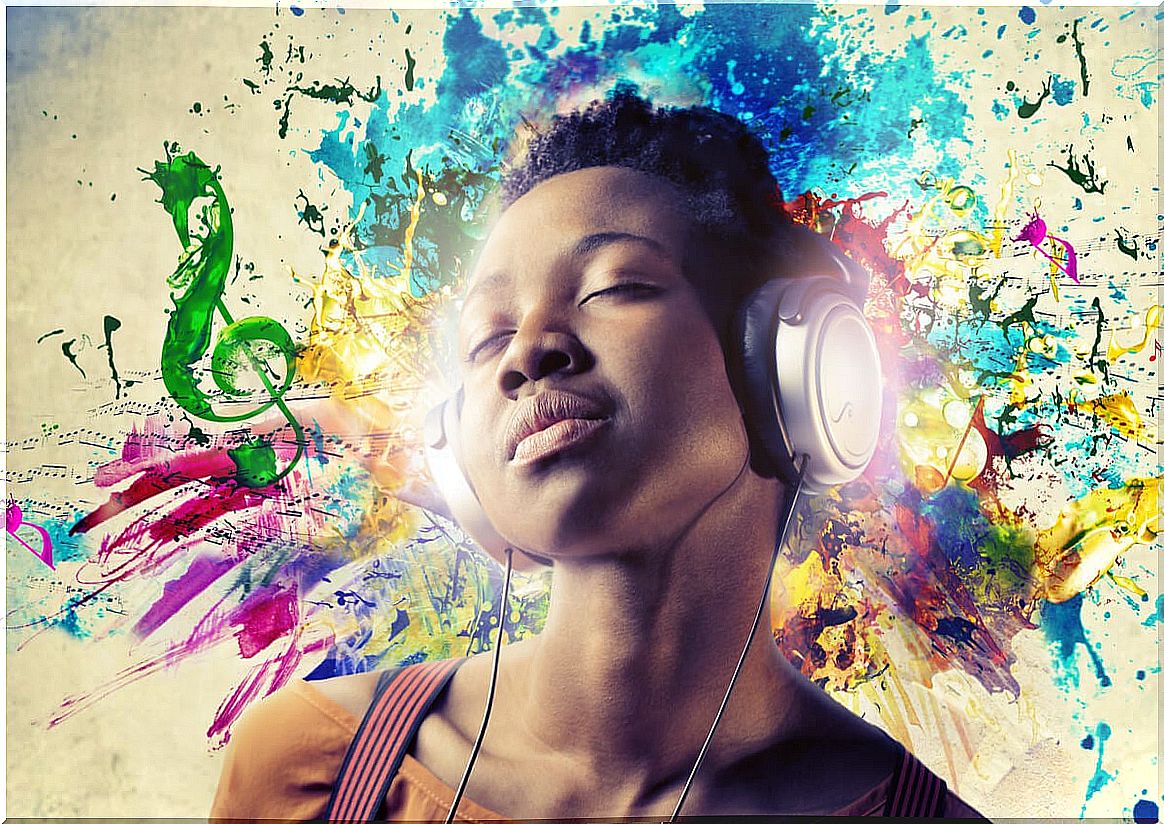
Other perceptual distortions: illusions
Optical illusions are also perceptual distortions. In this case, they are anomalies in the structuring of ambiguous stimuli; In other words, it is an illusion is the wrong perception of a concrete object.
There are two kinds of illusions: pareidolias (when a vague and random stimulus, for example an image, is mistakenly perceived as a recognizable shape) and the sense of presence (feeling that someone is physically close to us, when in fact not. it is).
Examples of illusions would be: the faces that we see drawn on a bonfire or having the feeling of not being alone when we really are.


